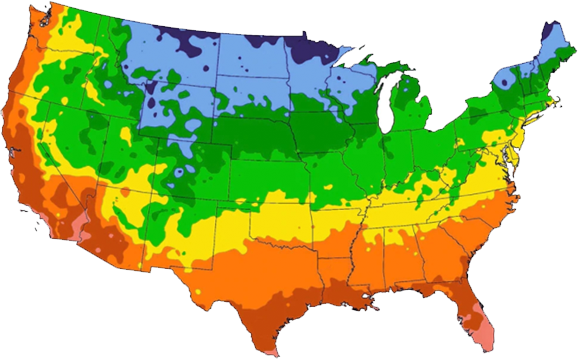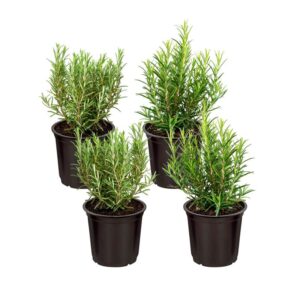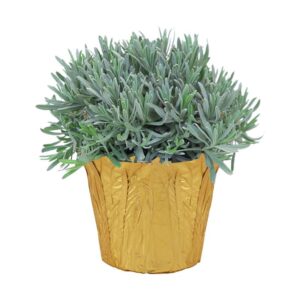















$24.99
Mint should be a part of all your aromatherapy and healthy eating practices. The air you breathe deeply affects your health and mint drastically helps improve air quality. On top of that, mint supports proper digestion and can be a big help with an upset stomach. You don’t want to miss adding this herb to your indoor or outdoor live herb collection!
Pack Size:
Color:
Mint should be a part of all your aromatherapy and healthy eating practices. The air you breathe deeply affects your health and mint drastically helps improve air quality. On top of that, mint supports proper digestion and can be a big help with an upset stomach. You don’t want to miss adding this herb to your indoor or outdoor live herb collection!
STARTER HERBS:
This four pack of Mint will be an amazing addition to your garden, either by itself or as a filler amongst your flowers.
GROWTH:
Mint can get up to 18 inches tall and 24 inches wide, Growing mint in containers is recommended to keep it contained from spreading rampantly to other areas of your garden.
CARE:
Mint plants prefer part shade, good soil drainage also is essential. Water your mint during dry spells to keep the soil lightly moist.
FUN FACT:
Mint leaves are anti-inflammatory in nature which helps in reducing any inflammation in your stomach. Mint leaves also helps relieve indigestion
LIVE PLANTS:
Our plants are grown exclusively for Deep Roots and The Three Company, shipped fresh directly from our greenhouse to you!
Herbs, A plant that is simply beautiful
Herbs make just about any dish even better, and for good reason. Not only do we love the fragrance and flavor that fresh herbs provide, but we love how easy they are to grow and take care for. Some herbs grow better together than others. Know which herbs you should give their own little homes.
Basics:
| Zones | 5-9 |
| Flowering season(s) | Summer |
| Sunlight | Full Sun,Partial Shade |
| Soil type | Well draining soil |
| Height/Spread | 8" Tall by 4" Wide |
| Flower Color | Green |
| Bloom Time | Spring,Summer |
The United States Department of Agriculture (USDA) has devised a system to provide gardeners with a basic guide to plant hardiness – how much winter cold a plant can withstand. The Hardiness Zone Map system divides the United States and Canada into numbered zones based on lowest average winter temperature. Even within a zone, different micro-climates exist, such as large urban areas which may be warmer or land situated at different elevations.
How Hardy Are These Plants?: Zones 5-9

| ZONE | AVERAGE COLDEST TEMPS |
|---|---|
| 1 | below -50 °F |
| 2 | -50 °F to -40 °F |
| 3 | -40 °F to -30 °F |
| 4 | -30 °F to -20 °F |
| 5 | -20 °F to -10 °F |
| 6 | -10 °F to 0 °F |
| 7 | 0 °F to 10 °F |
| 8 | 10 °F to 20 °F |
| 9 | 20 °F to 30 °F |
| 10 | 30 °F to 40 °F |
| 11 | above 40 °F |



